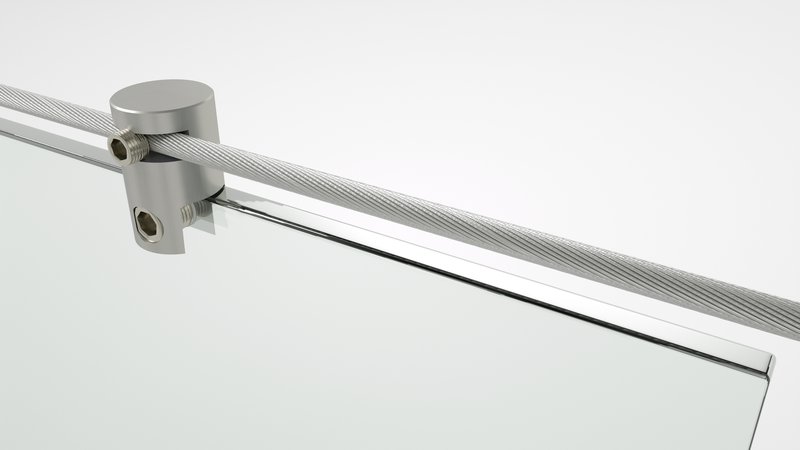It's very obvious that developers these days are broadly in need of realistic and highly professional visualizations to achieve marketing goals effectively. When you spend somethings on your business budget you have to think twice and remember that the appearance of your projects are detailed, and every tiny detail plays it's crucial role in selling your idea or property.
If you are having a rendering that is cheap and looks manually hand drawn, chances are the result will be completely opposite to what you wanted. Don't wade instead, make sure you present your project in the most frugal , realistic way. There are some clients that are lackadaisical when they don't like it, or they just show antipathy of the outcome.
Architectural rendering is the most popular and flexible tool being used in the planning and development of any building plans or interior spaces. There is wide variety of rendering techniques being used today that you have to knell of and one of that is architectural rendering based on 3D technology.
Advantages of 3D Architectural Rendering
Here are some uses or advantages on having a 3d architectural rendering for our building plans:1. To advertise a far finished building structure or to visually provide clients a more realistic medium in presenting a design.
2. Completely transform the way any building or structure is conceptualized, designed, presented and sold in the residential and commercial property development sectors.
3. The uncompromising quality, accuracy in fine details, and an ability to allow multiple vantage points to be ordered at attractive costs.
4. Anodyne to the eyes of prospective clients, investors and buyers, that they can visualize the architectural design and clearly envision what the building exterior or the interior space will look like.
5. To visualize structure in most realistic way before it's built, making design and decorating choices extremely easier and more natural. You don't have to be loquacious in presenting your plan, we know that a picture costs a thousand words, however not every picture can successfully compete in today's visual communication environment and win your new client or design competition.
Architectural rendering has to be ostentatious , consist of accurate details, realistic finishes, professional landscape rendering and background, as well as lighting and shadows.
6. An invaluable tool in the planning and design process. It enables developers to sell the concept to all the important decision makers, including planners, consultants and customers.
7. Taking an aerial shot, eye level view or ground level photographic picture of existing conditions and show how your new structure or modifications simulated in 3D would look like as well as indicate material changes.
These can be most effective tools for any of your marketing materials or for architectural review board presentations. It may slightly help you as the architect to express your preliminary concepts in a very schematic and it's the most scrupulous way in presenting your design to your clients.
Architectural rendering done as 3D visualization are not that expensive these days. They are much more within reach then most of professional watercolor renderings. There's been such an explosion of computer renderings and architectural virtual walk through tours in the current decade that we can only expect further steady growth in number of architectural firms and property developers deciding to immediately benefit from what's architecture rendering industry has to offer today.
"Developers, architects and designers wants to make their life much easier on every project."
Related Articles
- Beautify Your Interiors With 3D Architectural Rendering
- Trend of Outsourcing 3d Architectural Rendering
- Visually Appealing Real Images of Architecture Using 3ds Max Modeling and Rendering
- 3D Rendering - A Revolution In The Advertising Industry
- Using the SketchUp Rendering Plugin
Article Source: http://EzineArticles.com/1624271


